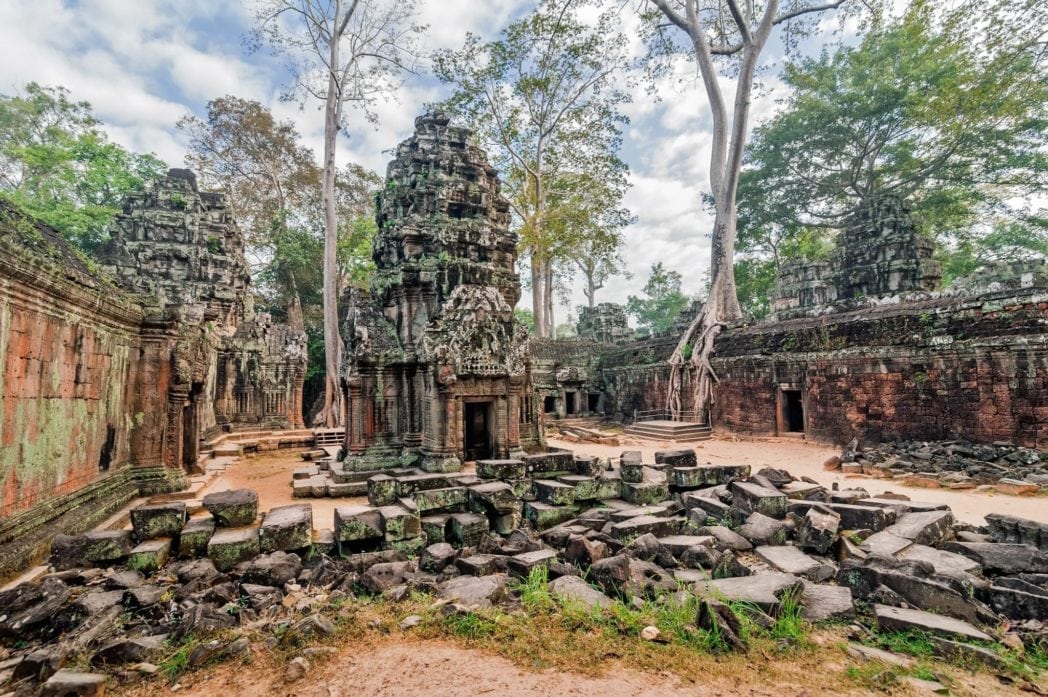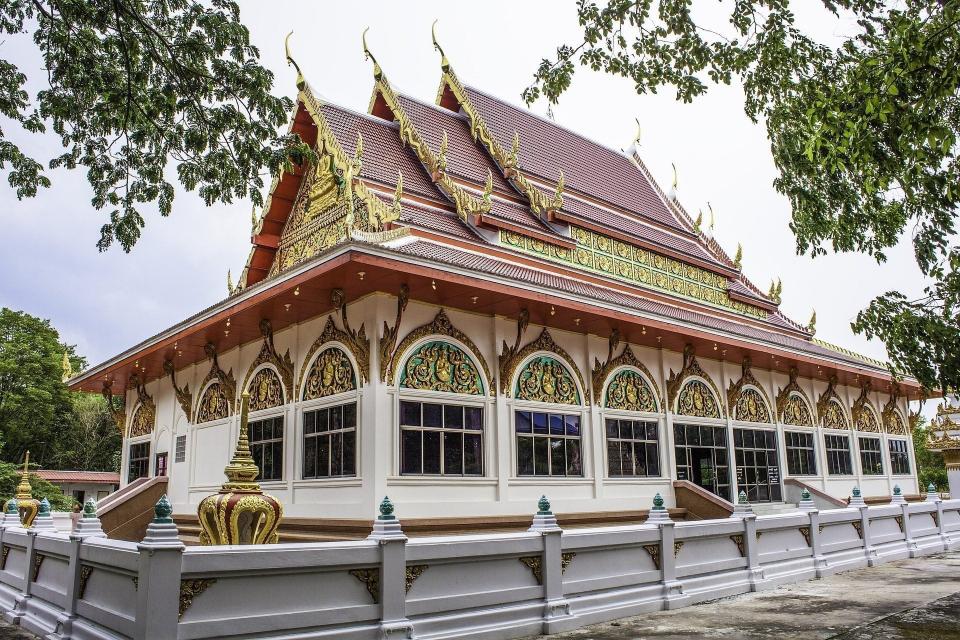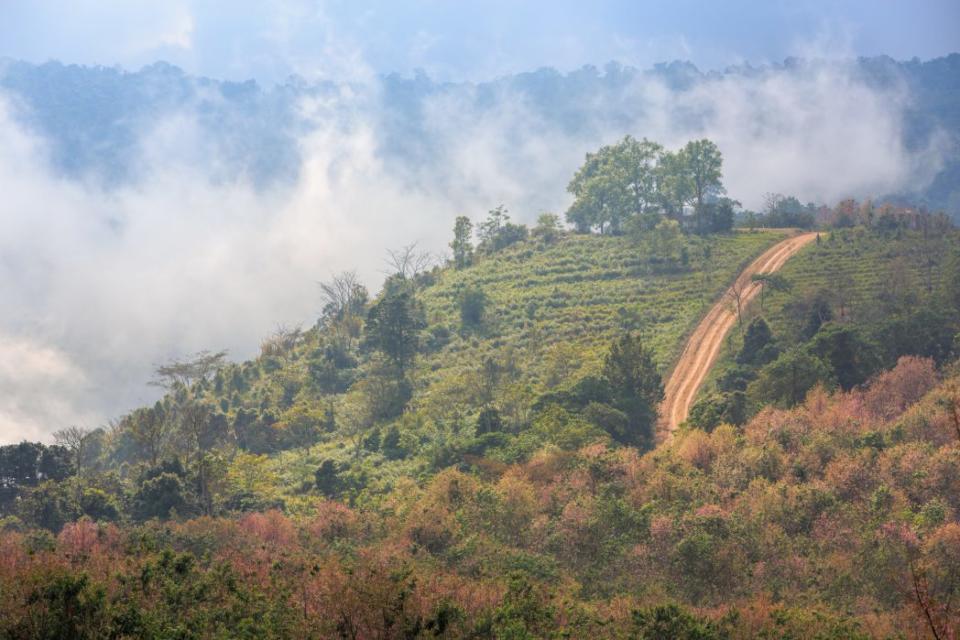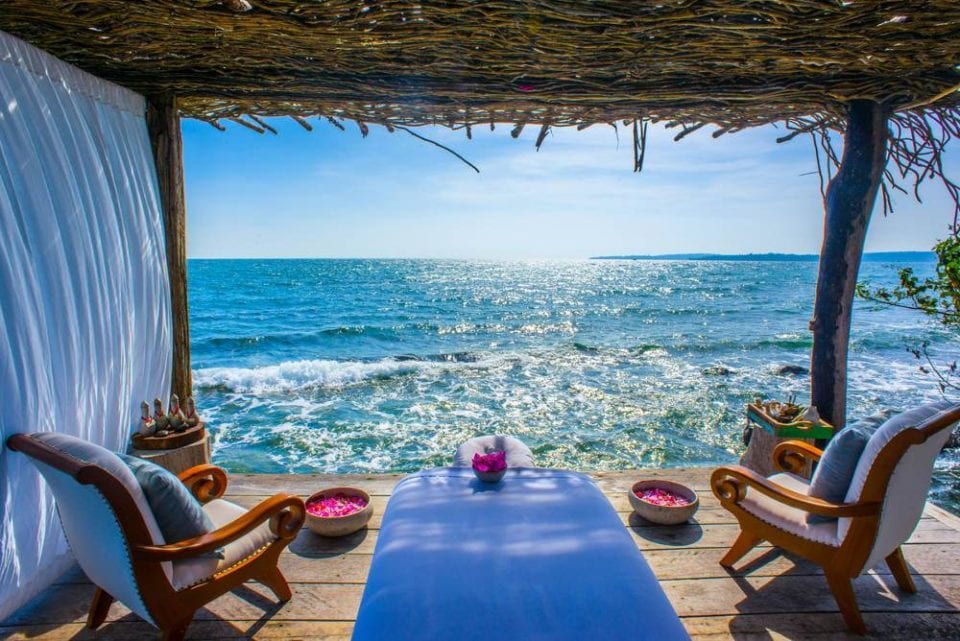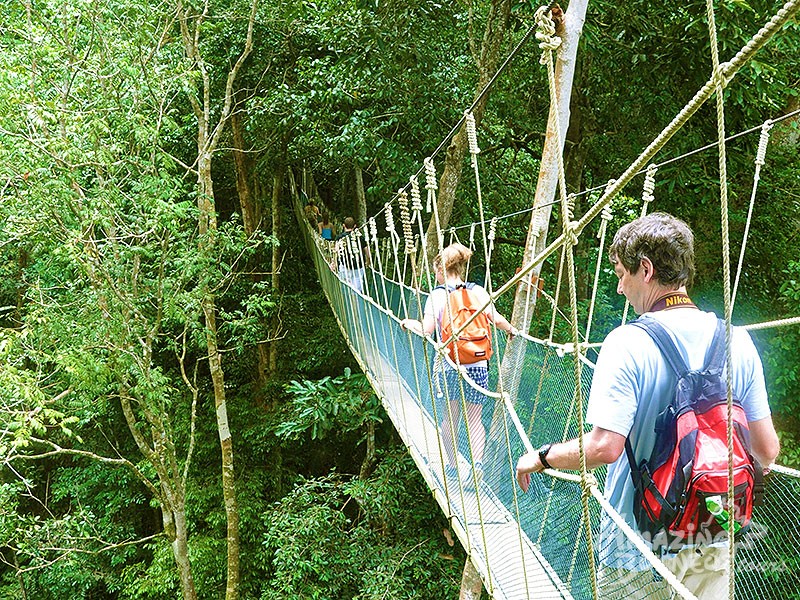Cambodia Complete
Siem Reap / Kampomg Thom / Phnom Penh
From $1,512 AUD pp (2 pax)
Sightseeing in Angkor
Visit Angkor Wat The crown jewel of Khmer architecture, Angkor Wat is the national symbol and the highlight of any visit to Cambodia. The largest, best preserved, and most religiously significant of the Angkor temples, Angkor impresses visitors both by its sheer scale and beautifully proportioned layout, as well as the delicate artistry of its carvings. To approach the temple, first cross the vast moat, continuing along a broad causeway lined with naga balustrades. Upon entering the main structure, ascend through a series of galleries and courtyard before reaching the central sanctuary, which offers beautiful views back over the causeway and across the surrounding countryside. On the way, stop to enjoy the intricate stone carvings that adorn nearly every surface of the temple, with some 1,700 Apsaras, or celestial dancers, sculpted from the walls. Along the outer gallery walls run the longest continuous bas-relief in the world, which narrates stories from Hindu mythology, including the famous Churning of the Ocean of Milk. Angkor Wat is stunning at any time of the day, but sunrise and sunset are especially beautiful times to watch the play of light on the stones.
Visit Angkor Thom The fortified city of Angkor Thom covers an area of 10 square km. Enclosed by a wall and wide moats; the city includes many of Angkor’s most popular sights. Enter by the monumental South Gate over a causeway lined on either side by statues of demons and gods, each carrying a giant naga. Continue to the Terrace of the Elephants and the Terrace of the Leper Kings, former spaces for public ceremonies, both adorned with dramatic bas reliefs. Visit the ruined Baphuon, Royal Enclosure and Phimeanakas before continuing to the mysterious Bayon Temple. In this temple, one of the most popular and compelling in Angkor, explore the galleries of beautifully preserved bas reliefs and ascend narrow stairs to reach the central sanctuary, where giant stone faces smiling enigmatically down from every angle.
Visit Preah Khan Preah Khan is a temple built by King Jayavarman VII with towering enclosures and shoulder-hugging corridors in a jungle setting. Preah Khan covers a very large area but the temple itself is enclosed within a rectangular wall of around 700 by 800 metres.
Watch the sun set over the Cambodian countryside from the upper terraces of an ancient Angkorian temple.
Excursion to Banteay Srei Banteay Srei was built in the late 10th century, it is a Hindu temple dedicated to Shiva. The temple is square with entrances on the east and west. Of main interest are the three central towers which are decorated with male and female divinities and beautiful filigree relief work.
Visit Banteay Samre Banteay Samre is a mid-12th century temple dedicated to the god Vishnu.
Visit Ta Prohm temple Ta Prohm is one of the most popular attractions of Angkor as much of the jungle has not been cleared and it looks very much as most of the Angkor monuments would have appeared when European explorers first stumbled across them.
Visit Pre Rup Temple Pre Rup was built by Rajendravarman II (ruled 944 to 968), it consists of a pyramid shaped temple with the upper-most of the three tiers carrying five square shrines arranged as a quincunx. The name means turning the body and refers to the traditional method of cremation.
Visit Srah Srang Temple at sunset Srah Srang is a basin east of Banteay Kdei measuring 800 by 400 metres with a tiny island in the middle where only the stone base remains of what was once a wooden temple.
Visit Roluos Group Temples The Roluos Group of monuments mark the beginning of Khmer classical art, and they represent some of the earliest great temples built by the Khmer. They served as the capital of Indravarman (who reigned from 877 to 889). Lolei was built on an islet by Yasovarman I (who ruled from 889 to 910), the founder of the first city of Angkor. The sandstone carvings in the niches of the temples are notable as are the Sanskrit inscriptions on the doorposts. Preah Ko was erected by Indravarman I in the late 9th century in dedication to his defied ancestors in 880. There are inscriptions in Sanskrit on the doorsteps of each temple. Bakong was built and dedicated to Shiva by Indravarman I, and is the largest and most interesting of the Roluos Group of temples and still has an active Buddhist monastery.
Excursion to silk farm and silk production This half day tour will introduce visitors to the traditional Khmer skills of silk production. Leave from the hotel to Puok Silk Farm, located in the countryside. Visitors are shown the different steps in silk production; from cultivation of mulberry bushes, to silk worms, their cocoons, to spinning, weaving, and finally the finished products which are on sale.
Visit Sambor Prei Kuk Located outside of Kampong Thom, Sambor Prei Kuk is perhaps the most important grouping of pre-Angkorian monuments in Cambodia. Before the rise of the Angkor, this was the capital of Chenla during the sixth century, known as Isanapura; today, over 100 small temple ruins sit peacefully in a vibrant forest setting. Explore the main central complex and gain an insight into the early architectural styles of Cambodia – Overnight in Kampong Thom
Sightseeing in Kampong Cham Kampong Cham is a lively port on the banks of the Mekong River with some good examples of colonial-era architecture. After visiting the local market and exploring the town, travel in to the countryside to Phnom Pros (Man Hill) and Phnom Srei (Woman Hill). According to local tradition, two teams of men and women competed to build a stupa on the summit of each hill before dawn. After being tricked into thinking that daybreak had already come, the men lost the competition and, as a result, forever-after had to be the ones to approach the women for their hands in marriage. Continue to Wat Nokor Bachey, a thriving modern-day monastery founded on an 11th century Mahayana Buddhist shrine.
Visit Spider Market in Skuon This small crossroads town of Skuon is famous for an unusual delicacy; here, spider merchants sell different varieties of large, furry arachnids for locals and adventurous tourists to snack on.
Sightseeing in Phnom Penh Explore Phnom Penh, a chaotic, energetic and always fascinating city. Graceful tree-lined boulevards and riverfront promenades are reminders of bygone eras; today they teem with life and activity, as motorcycles weave in and out of traffic, vendors hawk their wares, and pedestrians go about their business. Start the tour with an insight into Cambodia’s cultural heritage with a visit to the Royal Palace, still the official residence of King Norodom Sihamoi and the adjacent Silver Pagoda, also known as the Pagoda of the Emerald Buddha. Continue to the elegant National Museum, which contains a comprehensive collection of Khmer Art. Finally, explore the modern-day city, visiting one of Phnom Penh’s two great markets, the Central Market, located in a distinctive domed Art Deco building or the sprawling Russian Market, a labyrinth of stalls selling everything from CDs and DVDs to silks, crafts, jewellery and more.
Visit Tuol Sleng (S-21) Learn about a chapter from Cambodia’s more recent, tragic, past at the Tuol Sleng Museum (Museum of Genocide). Formerly the Tuol Svay Prey High School, in 1975, this became the interrogation and torture facility for the Khmer Rouge regime
at that time known as Security Prison 21, or simply S-21. Kept largely unchanged, this prison now showcases photographs and exhibits about the thousands of victims that passed through these doors
only seven of whom came out alive.
Excursion to the Killing Fields Just outside Phnom Penh, in a peaceful rural setting, the Killing Fields of Choeung Ek provide a stark reminder of the atrocities under the Pol Pot regime. Thousands of people were killed here between the years of 1975 and 1978 and buried in mass graves.


